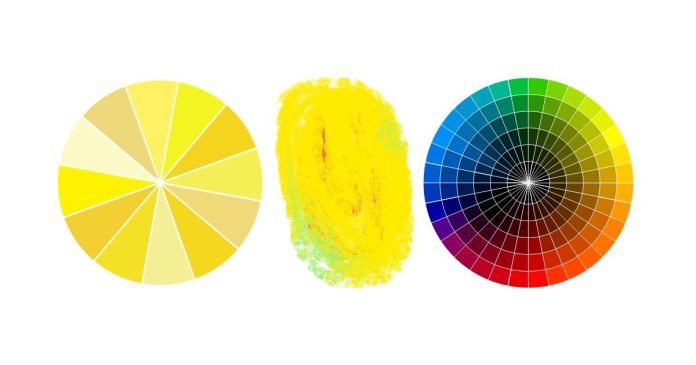Yellow, a vibrant and cheerful color, holds a special place in the world of art and design. But have you ever wondered how yellow interacts with other colors to create new shades and hues? Let’s dive into the fascinating process of color mixing and see what’s possible when you start with yellow.
Understanding Color Basics
To explore yellow’s potential in mixing, it helps to understand the color wheel, which is divided into primary, secondary, and tertiary colors:
- Primary Colors: Red, blue, and yellow cannot be created by mixing other colors.
- Secondary Colors: Created by mixing two primary colors (e.g., red and blue make purple).
- Tertiary Colors: Formed by mixing a primary and a secondary color (e.g., yellow and green make lime green).
Mixing Yellow with Other Colors
Here’s what happens when you mix yellow with various hues:
- Yellow + Red = Orange
Combining yellow and red produces orange, with the shade depending on the proportions used. More yellow creates a lighter, sunnier orange, while more red results in a deeper, richer tone. - Yellow + Blue = Green
Mixing yellow and blue gives green, the color of nature. Adjusting the ratio lets you create variations like lime green or teal. - Yellow + White = Light Yellow (Pastel)
Adding white to yellow creates a softer, pastel yellow. This is ideal for designs that need a subtle, calming effect. - Yellow + Black = Mustard or Olive
Adding black darkens yellow, resulting in earthy tones like mustard or olive green. These colors are often used in vintage or rustic designs. - Yellow + Gray = Muted Yellow
Mixing yellow with gray produces a muted, sophisticated yellow, often seen in modern interior design. - Yellow + Purple = Brown or Neutral Shades
Yellow and purple are complementary colors, so mixing them usually results in neutral tones like browns or muted hues.
The Psychology of Yellow in Mixing
Yellow is associated with happiness, energy, and warmth. When mixed with other colors, it can evoke a wide range of emotions:
- Bright orange: Optimism and enthusiasm.
- Soft green: Balance and harmony.
- Muted yellows: Calmness and sophistication.
Practical Applications
Artists, designers, and decorators often use yellow in mixing to create vibrant or subtle palettes. For example:
- Interior Design: Combine yellow with gray or white for a modern, airy feel.
- Painting: Mix yellow with blue for landscapes or red for fiery sunsets.
- Fashion: Pair yellow shades with complementary colors to create striking outfits.
Yellow is a powerful and versatile color in the world of mixing. Whether you’re looking to brighten your artwork or create harmonious designs, yellow’s potential is vast.
What are your favorite color combinations with yellow? Share your ideas and experiences in the comments below—we’d love to see how you bring this sunny color to life!


